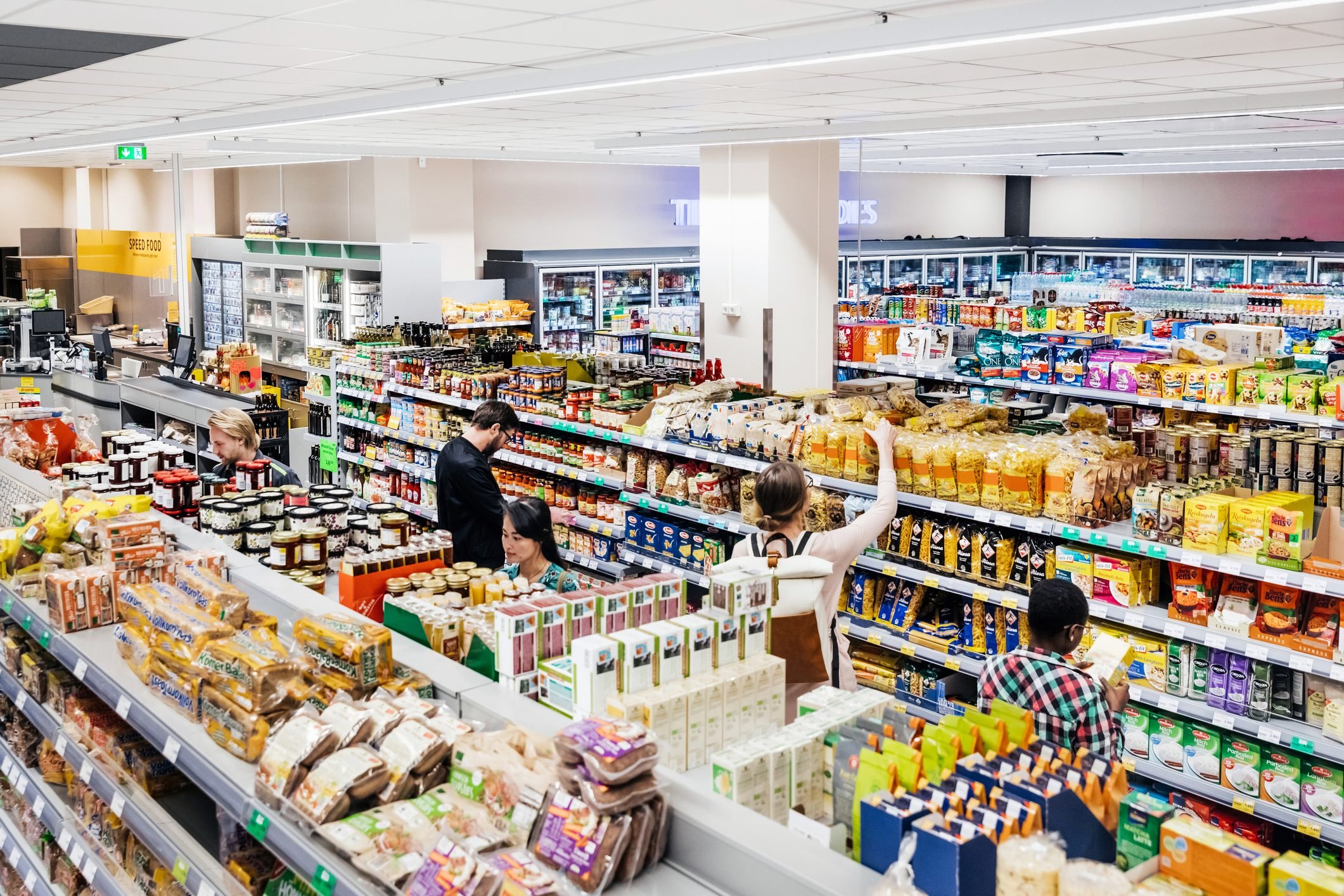Creating a solid marketing plan is key for retail stores wanting to gain visibility, draw in customers, and boost sales. It’s not just about listing strategies but also organizing them to match your store’s goals and resources. A well-organized marketing plan gives you a roadmap, ensuring your promotional activities are consistent and focused.
A marketing plan can help your store expand and achieve its full potential. Here are some steps to create a retail marketing plan.
Target Audience
Understanding your target audience is the first step in any marketing plan. Identify your customers by looking at age, location, shopping habits, and income level. Knowing your audience helps you create promotions, choose products, and use communication styles that match their interests and needs.
To gather this information, check current customer data, conduct surveys, or examine purchase history. For example, if many of your customers are young professionals, digital marketing and emphasizing convenience may work well. When you know who you’re targeting, crafting messages that appeal directly to them is easier, making your marketing efforts more effective.
Clear Objectives
Every marketing plan needs clear goals right from the start. These targets guide your efforts and help you track your progress. Consider what you want to accomplish, whether it’s bringing more people through your doors, increasing online sales, or raising brand awareness.
Make sure your goals are realistic and easy to measure, like aiming to “boost in-store sales by 20% by the end of next quarter” or “attract 500 new social media followers in three months.” These targets let you see what’s working and make changes if needed. Clear goals inspire your team and give you a solid way to watch your progress.
Content Calendar
Organizing your marketing activities using a content calendar keeps your team focused. It ensures promotions match dates and events. Plan your content, including social media posts, email newsletters, in-store activities, and seasonal deals. This timetable lets you coordinate marketing efforts and speak consistently to your audience.
A content calendar also helps you take advantage of holidays, sales periods, or other significant events. For instance, you might schedule a back-to-school promotion in August or highlight gift items in December. With a content calendar, your marketing plan gains structure, which makes it easier to maintain direction and seize important opportunities.
Digital Signage
Digital signage can greatly influence in-store marketing with eye-catching visuals that draw people in. You can show things like promotions, product highlights, or store news on screens in busy areas. This lets you communicate instantly with customers, making shopping more interactive.
Digital signage also lets you update messages. For example, you can change screens daily to feature new products or sales. With digital signage software, managing many screens from one place is simple. This way, you can refresh your content regularly and keep it relevant.
Social media is an affordable way to connect with customers and grow your fan base. Platforms like Instagram, Facebook, and Twitter let you share store updates, market products, and talk directly with your audience. Posting regularly and engaging with followers keeps your store visible and memorable.
Mixing up content such as photos, videos, or customer reviews helps keep followers interested. Hosting social media contests or showcasing customer photos can also create a sense of community around your brand.
Email Marketing
Email marketing lets you talk directly to customers interested in your store. A monthly or biweekly newsletter updates them on new products, upcoming sales, and special discounts. It also lets you send messages tailored to customer preferences or shopping history.
Personalized emails, such as birthday discounts or product recommendations, show customers you care. A small incentive for joining the mailing list can help increase your subscribers. Email marketing keeps your store connected with customers, building loyalty and encouraging them to return.
Monitor Results
Keeping track of how well your marketing plan works is necessary for ongoing improvement. Use metrics like sales figures, foot traffic, and online engagement to see how each strategy performs. Analytics tools can shed light on customer behaviour, revealing which promotions caught the most interest or which social media posts got the most attention.
Based on these findings, adjust your future campaigns to improve them. For instance, if a certain social media platform isn’t getting much interaction, consider focusing on one that connects more with your audience. Regular reviews help refine your marketing efforts, ensuring each strategy contributes value to your overall plan.




